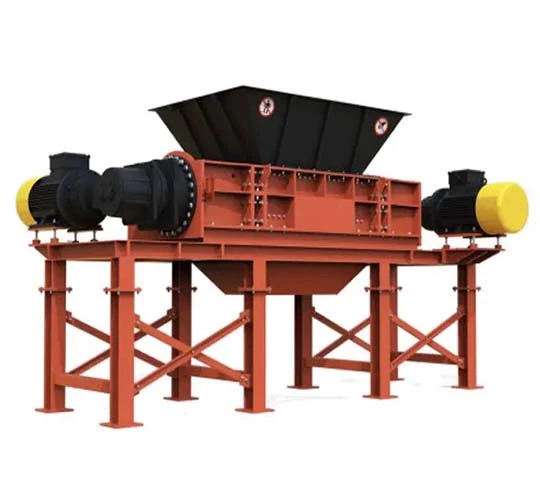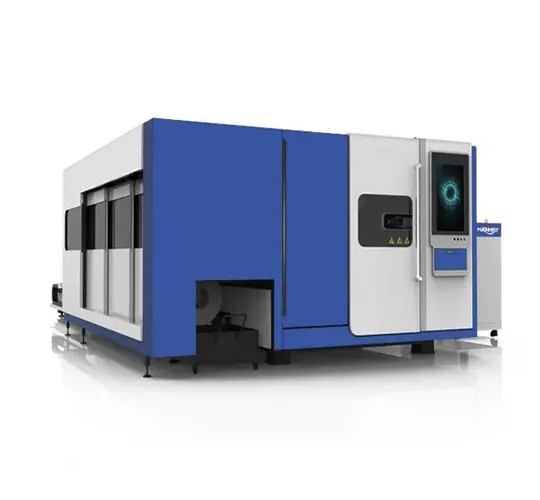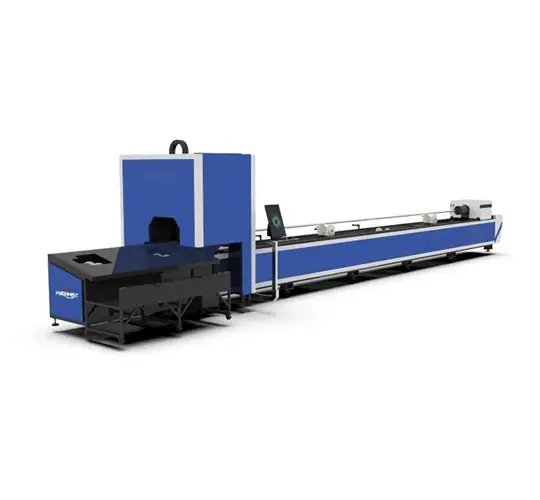In metal fabrication, V grooving machines are invaluable for creating precise grooves that enable clean, accurate bends in sheet metal. To fully optimize your workshop's performance with a V grooving machine, careful attention to material preparation, tooling selection, alignment, and maintenance is essential. By mastering these elements, manufacturers can achieve high-quality grooves, reduce waste, and enhance overall productivity. This blog explores practical strategies to streamline your V grooving operations, ensuring precision and efficiency in every project.
Material Preparation and Handling for Optimal Results
Proper material preparation is the foundation of effective V grooving. Ensuring that materials are clean and free of coatings, debris, or contaminants is critical to achieving smooth, accurate grooves. Any residue on the material can interfere with the grooving process, leading to imperfections or tool damage. Equally important is securely clamping the material to prevent movement during operation, as even slight shifts can compromise precision. A stable material foundation, achieved through robust clamping mechanisms, ensures consistent groove quality and minimizes errors, setting the stage for high-quality finished products.
Selecting the Right Tooling and Grooving Parameters
Choosing the appropriate tooling and grooving parameters is vital for optimizing performance and maintaining tool longevity. The tool angle should be selected based on the desired groove angle and the material's hardness to ensure clean cuts and accurate results. Similarly, optimizing the rake angle helps reduce excessive tool wear and heat generation, which can degrade performance over time. Adjusting the feed rate and speed is also crucial to balance efficiency with groove quality, as improper settings can lead to rough edges or material damage. Ensuring compatibility with a variety of tooling options allows the machine to handle different grooving profiles and materials, providing flexibility for diverse projects and enhancing overall workshop capabilities.
Alignment and Maintenance for Consistent Precision
Accurate alignment and regular maintenance are key to achieving consistent, high-quality grooves. Investing in a V grooving machine with automated alignment systems can significantly improve precision by ensuring the material and tooling are perfectly positioned for every cut. These systems reduce operator error and streamline the setup process, saving time and boosting productivity. Additionally, adhering to the manufacturer's maintenance guidelines is essential for ensuring the machine's longevity and consistent performance. Regular inspections, cleaning, and lubrication prevent wear and tear, keeping the machine in top condition and minimizing downtime in busy workshop environments.
Process Monitoring and Waste Management for Efficiency
Continuous monitoring of the grooving process is critical to maintaining quality and identifying potential issues before they escalate. By closely observing the machine's performance, operators can detect irregularities, such as tool wear or material misalignment, and make adjustments to ensure consistent results. Equally important is effective waste management—promptly removing debris or waste materials from the work area prevents interference with the machine's operation and maintains a clean, safe workspace. These practices not only enhance the quality of the grooves but also contribute to a more efficient and streamlined production process.
Optimizing your workshop with a V grooving machine requires a focus on precision, preparation, and proactive maintenance. By ensuring proper material handling, selecting the right tooling and parameters, maintaining consistent alignment, and monitoring the process, manufacturers can achieve clean, accurate grooves and high-quality finished products. These strategies not only enhance efficiency but also reduce waste and operational costs, making your workshop more competitive. For fabricators aiming to elevate their V grooving operations, implementing these best practices is a surefire way to maximize productivity and deliver exceptional results.
 English
English 日本語
日本語 한국어
한국어 français
français Deutsch
Deutsch Español
Español русский
русский Türkçe
Türkçe português
português العربية
العربية Polska
Polska हिंदी
हिंदी Indonesia
Indonesia


